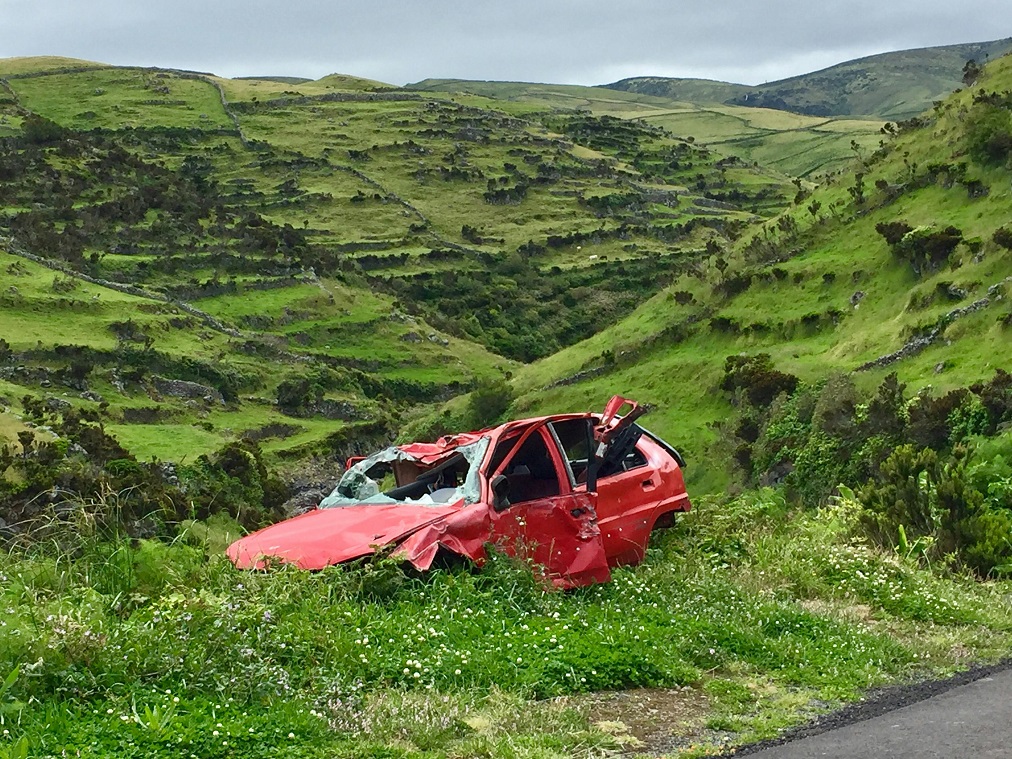One crash can turn everything upside down, and the paperwork feels endless.
That thought runs through the minds of anyone involved in a car accident, especially in a bustling city like San Francisco. Navigating insurance, liability, and compensation can feel like being lost in a maze without a map.
This guide is meant to be that map, breaking down car accident claims step by step, so the process feels less overwhelming and more manageable.
Understanding the Basics of Car Accident Claims
After a car accident, the first thing most people notice is the chaos. Vehicles are damaged, insurance forms appear, and the questions start piling up. Knowing the fundamentals of car accident claims gives a sense of control.
A car accident claim is a formal request to an insurance company to cover losses caused by the accident. Losses can be medical bills, lost income, vehicle repair, or even pain and suffering. For those involved in rideshare accidents, the process can be more complex due to multiple parties being involved: the driver, the rideshare company, and their insurance policies. This is where experienced San Francisco rideshare accident lawyers come into play, helping to untangle liability and maximize recovery.
Step 1: Take Immediate Action
After an accident, a quick response makes a big difference.
- Ensure safety first. Move to a safe location and check for injuries. Call emergency services if needed.
- Document everything. Photos of the scene, vehicle damage, and visible injuries are invaluable.
- Gather contact details. Exchange information with other drivers, passengers, and witnesses.
- Collect ride details. For rideshare incidents, note the app, driver info, and any related communications.
These steps might feel small at the moment, but they form the foundation of a claim.
Step 2: Report the Accident
Informing the proper authorities and insurance companies promptly is important. Police reports provide an official record, while reporting to your insurance company sets the claim process in motion. Rideshare companies usually have specific protocols. Reporting through the app ensures the incident is officially logged, which helps if disputes arise later.
Step 3: Medical Evaluation
Even if injuries seem minor, getting a medical evaluation is essential. Some injuries, like whiplash or internal issues, might not show immediately. Proper documentation from a medical professional ensures that your injuries are clearly linked to the accident, which strengthens your claim.
Step 4: Understand Liability and Insurance Coverage
Car accident claims often stall due to unclear liability. Determining who is responsible isn’t always straightforward. In rideshare cases, liability may involve the driver, the rideshare company, or both.
Insurance coverage also varies:
- Personal auto insurance may not fully cover rideshare incidents.
- Rideshare companies provide secondary insurance, but coverage limits apply.
- Additional policies or riders could influence compensation.
Having rideshare accident lawyers assess your situation can help ensure that all available coverage is considered.
Step 5: Filing the Claim
Once liability and damages are documented, filing the claim with the insurance company is next. This step involves:
- Providing evidence of the accident
- Listing all damages and expenses
- Explaining the impact on daily life
Accuracy is key. Mistakes or omissions can lead to delays or reduced compensation. A lawyer’s expertise helps make the filing process smoother and avoids common pitfalls.
Step 6: Negotiation and Settlement
Insurance companies often attempt to settle quickly, sometimes offering less than the claim is worth. This is the stage where legal guidance is especially useful. Negotiation involves presenting evidence, justifying expenses, and ensuring all losses are considered. In complex cases like rideshare accidents, lawyers can handle communication with multiple insurers and coordinate claims efficiently.
Step 7: Legal Action if Necessary
If a fair settlement cannot be reached, filing a lawsuit may be the next step. While this is a last resort, proper documentation and professional representation improve the chances of a successful outcome. Experienced local lawyers understand San Francisco courts, local regulations, and the nuances of rideshare claims, which can make a significant difference.
Quick Tips for a Smoother Process
- Keep organized records of all medical bills, receipts, and correspondence.
- Avoid giving detailed statements to insurance adjusters without consulting a lawyer.
- Be cautious with social media posts. They can be used in claims disputes.
- Stay consistent in your accounts of the accident and injuries.
- Understand deadlines for filing claims or lawsuits; missing them can limit options.
These practical steps keep the process on track and reduce the stress of handling claims alone.
Wrapping Up
Car accident claims can be overwhelming, especially in a city with as much traffic and rideshare activity as San Francisco. From gathering evidence to filing and negotiating, each step requires careful attention.
Taking structured action and seeking the right legal support, particularly from San Francisco rideshare accident lawyers, ensures that the path through a claim is clearer, faster, and more manageable. The goal is to restore stability, cover losses, and move forward with confidence after a collision.






